News
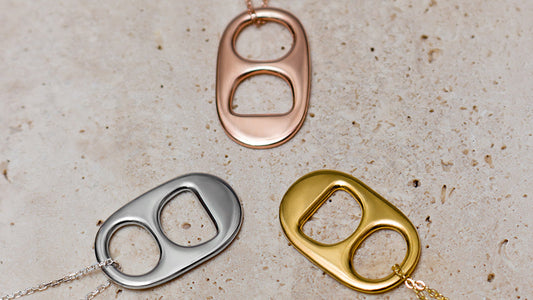
How Soda Tab Jewelry Became a Fashion Statement
From Functional to Fashionable Soda tabs were once simple tools for opening cans, but their unique design and sentimental value have made them icons in the fashion world. Over the...
How Soda Tab Jewelry Became a Fashion Statement
From Functional to Fashionable Soda tabs were once simple tools for opening cans, but their unique design and sentimental value have made them icons in the fashion world. Over the...
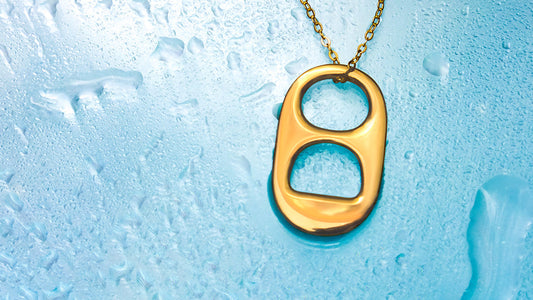
Why Gold and Silver Soda Tab Jewelry Makes the ...
A Gift That Speaks Volumes When it comes to choosing the perfect gift, it’s not just about the item—it’s about the emotion and thought behind it. Gold and silver soda...
Why Gold and Silver Soda Tab Jewelry Makes the ...
A Gift That Speaks Volumes When it comes to choosing the perfect gift, it’s not just about the item—it’s about the emotion and thought behind it. Gold and silver soda...
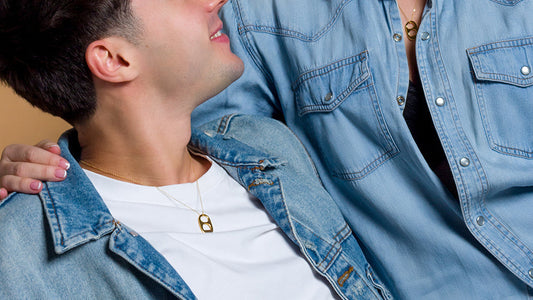
The Hidden History of Soda Tabs
How It All Began The soda tab’s journey began in the early 1960s when canned beverages became a popular alternative to glass bottles. Before soda tabs, opening a can required...
The Hidden History of Soda Tabs
How It All Began The soda tab’s journey began in the early 1960s when canned beverages became a popular alternative to glass bottles. Before soda tabs, opening a can required...
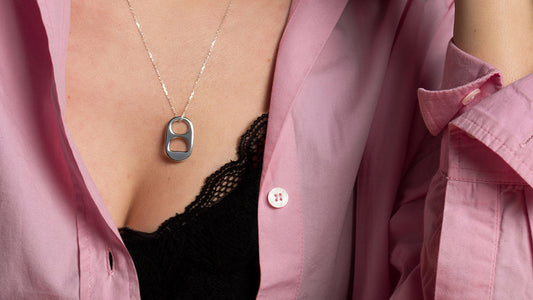
Soda Tab Jewelry: A Minimalist’s Dream Accessory
Minimalism in Modern Fashion Minimalism has taken the fashion world by storm, emphasizing simplicity and intentionality. Soda tab jewelry fits perfectly into this trend with its sleek, understated design and...
Soda Tab Jewelry: A Minimalist’s Dream Accessory
Minimalism in Modern Fashion Minimalism has taken the fashion world by storm, emphasizing simplicity and intentionality. Soda tab jewelry fits perfectly into this trend with its sleek, understated design and...
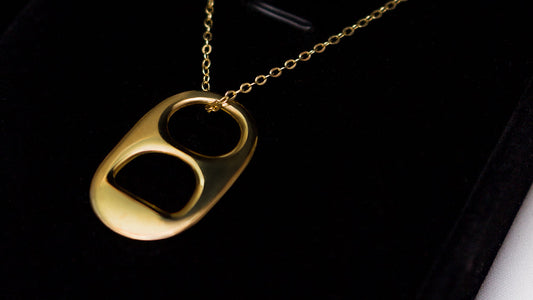
Soda Tabs: A Unique Way to Celebrate Memories
Soda Tabs: Tokens of Sentimental Value Soda tabs hold a special place in the hearts of many, acting as more than just functional objects to open cans. For decades, these...
Soda Tabs: A Unique Way to Celebrate Memories
Soda Tabs: Tokens of Sentimental Value Soda tabs hold a special place in the hearts of many, acting as more than just functional objects to open cans. For decades, these...
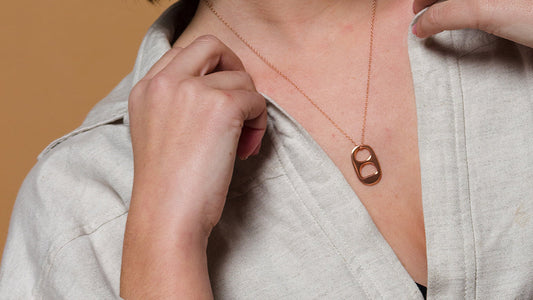
From Everyday Object to Luxury Jewelry: The Sto...
The Humble Beginnings of the Soda Tab The soda tab’s story begins in the early 1960s, a time when canned beverages were gaining popularity. Before soda tabs, opening a can...
From Everyday Object to Luxury Jewelry: The Sto...
The Humble Beginnings of the Soda Tab The soda tab’s story begins in the early 1960s, a time when canned beverages were gaining popularity. Before soda tabs, opening a can...
